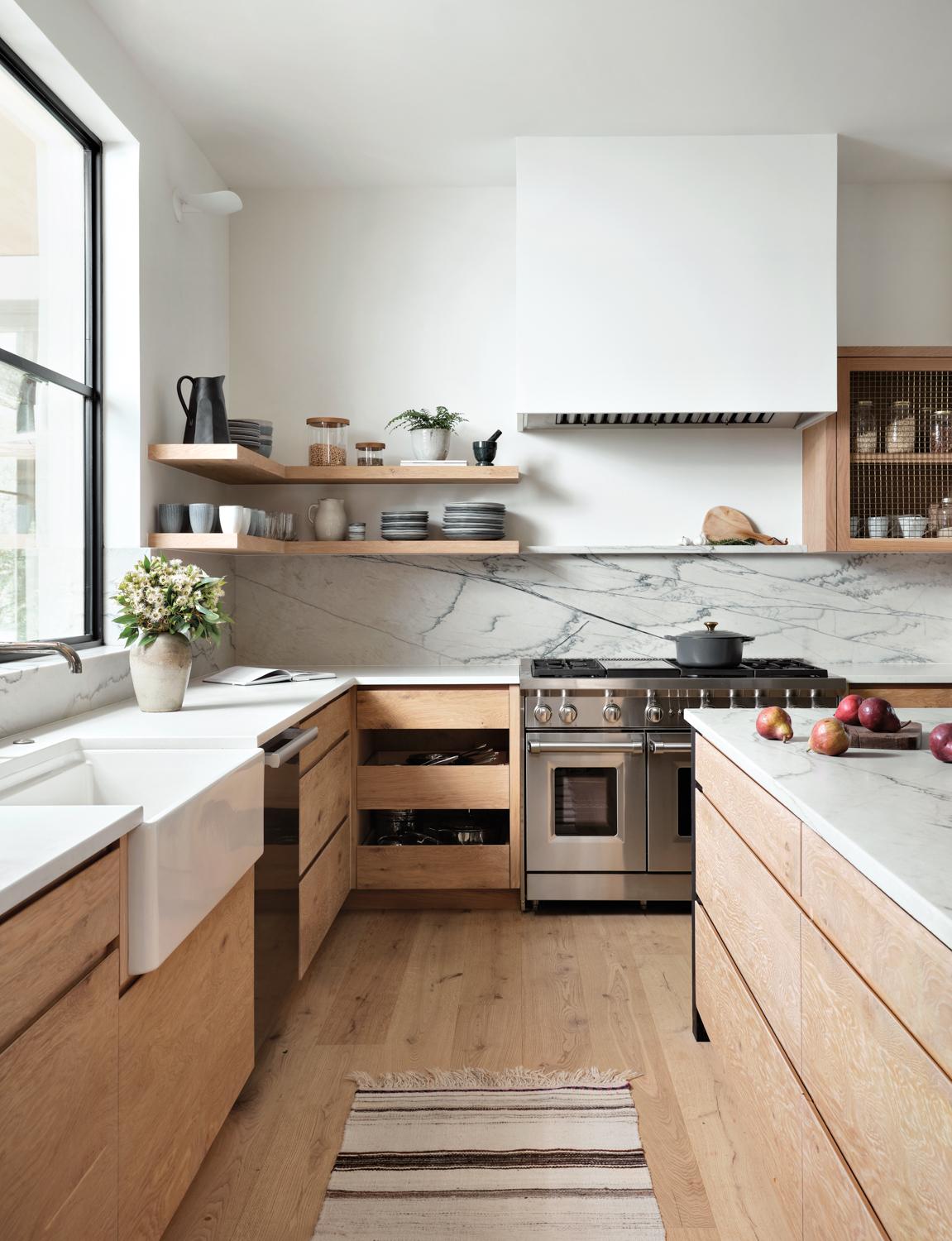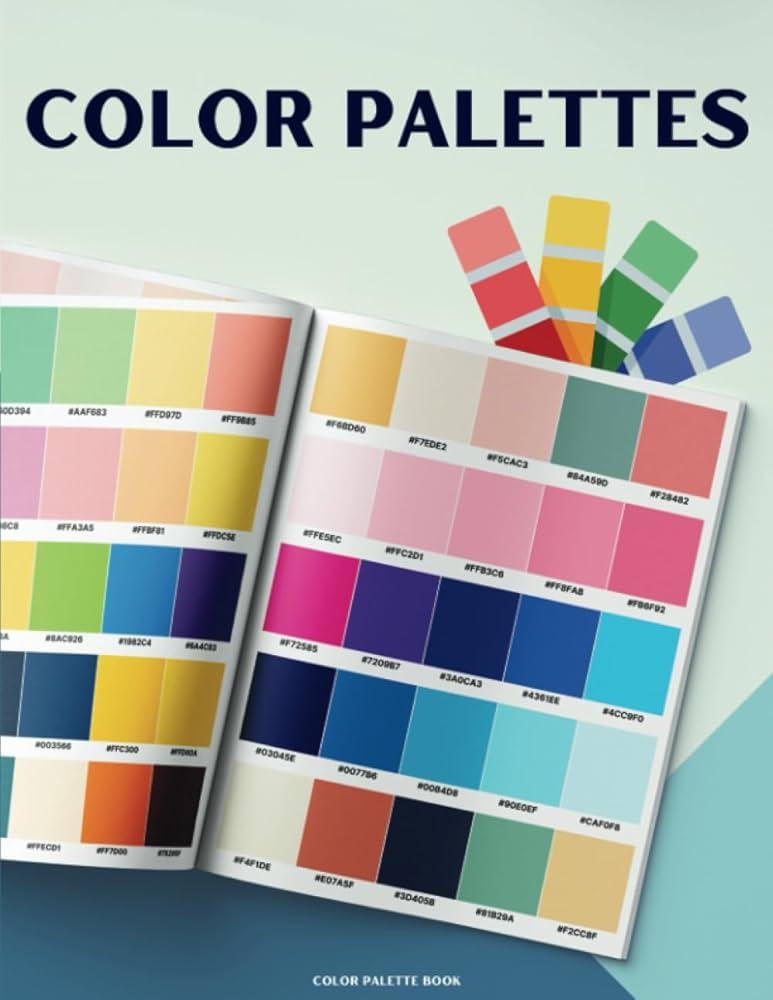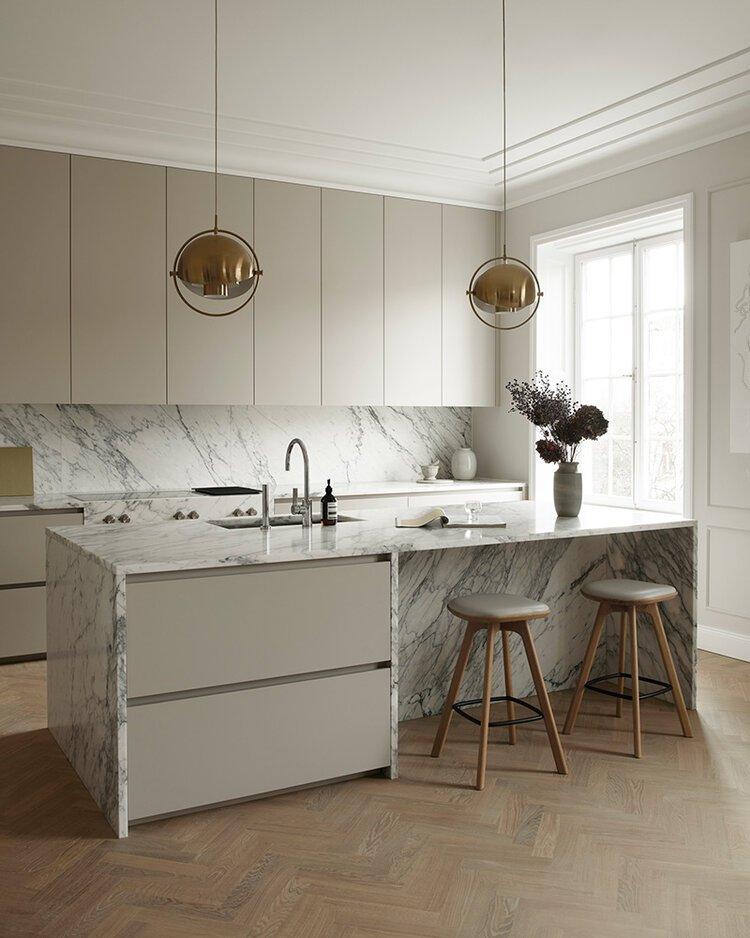In an era where functionality meets aesthetics, the minimalist kitchen has emerged as a paragon of contemporary design. Characterized by clean lines, uncluttered spaces, and a focus on essential elements, this modern approach to kitchen design not only elevates the visual appeal of the home but also enhances its practicality. A sleek minimalist kitchen is more than just a trend; it embodies a lifestyle that values simplicity, efficiency, and intentionality in the way we cook and gather. As we explore the essential steps for designing a minimalist kitchen, we will delve into the fundamental principles that guide this design philosophy, examine key elements that contribute to its seamless look, and provide practical tips for creating a space that is both aesthetically pleasing and remarkably functional. Whether you are embarking on a complete kitchen remodel or simply looking to refresh your existing space, understanding the core tenets of minimalist design will empower you to create a kitchen that harmonizes with the rhythms of daily life while reflecting your personal style.
Table of Contents
- Understanding the Principles of Minimalist Kitchen Design
- Choosing the Right Color Palette and Materials for a Sleek Aesthetic
- Maximizing Functionality with Efficient Layout and Storage Solutions
- Incorporating Lighting and Accessories for a Cohesive Look
- Wrapping Up
Understanding the Principles of Minimalist Kitchen Design

Embracing a minimalist kitchen design means prioritizing functionality without sacrificing aesthetics. The guiding principle is to create an open, airy space that allows for easy movement and cooking. Key elements to focus on include:
- Decluttered Surfaces: Keep countertops free of unnecessary items; opt for a few essential, decorative pieces.
- Streamlined Storage: Utilize cabinets that blend seamlessly into walls; consider pull-out drawers and hidden compartments to maintain a tidy appearance.
- Neutral Color Palette: A cohesive color scheme, using whites, grays, and muted tones, can promote a calming environment.
Functionality in a minimalist kitchen doesn’t mean sacrificing style; rather, it’s about choosing culinary tools and appliances that serve multiple purposes. Opt for high-quality materials that enhance durability and visual appeal while ensuring ease of maintenance. A carefully curated selection of essential appliances and utensils can enhance the overall design, for example:
| Appliance | Functionality |
|---|---|
| Multi-Cooker | Pressure cooks, steams, and slow cooks |
| Bread Machine | Bakes fresh bread effortlessly |
| Food Processor | Chops, slices, and mixes easily |
Choosing the Right Color Palette and Materials for a Sleek Aesthetic

When designing a sleek minimalist kitchen, the color palette and materials you select play a crucial role in achieving a refined look. Opt for a neutral color scheme with soft shades such as white, cream, gray, or light pastels, enabling the space to feels airy and open. These colors help enhance natural light, creating a calm and welcoming atmosphere. To add depth without overwhelming the simplicity of the design, consider incorporating dark accent colors for hardware and fixtures, which can create striking contrasts. Commonly chosen materials include a blend of natural elements and modern finishes that contribute to a clean aesthetic, such as polished marble countertops, wood cabinetry, and stainless steel appliances.
In addition to color, the choice of materials significantly influences the overall vibe of your kitchen. Prioritize smooth textures over rough or ornate finishes. For instance, sleek glass backsplashes or matte-finish tiles can elevate the design while maintaining subtlety. In terms of cabinetry, frameless designs are often ideal, emphasizing clean lines and a seamless appearance. To help you make informed selections, consider the following table that compares common materials with their aesthetic qualities:
| Material | Aesthetic Quality |
|---|---|
| Matte Finishes | Soft, non-reflective |
| Glossy Finishes | Reflective, vibrant |
| Natural Wood | Warmth and texture |
| Stainless Steel | Modern and sleek |
| Stone | Durable and chic |
Maximizing Functionality with Efficient Layout and Storage Solutions
Creating a kitchen that embodies both beauty and functionality requires a careful approach to layout and storage. Start by implementing an open floor plan that aids flow and accessibility. Consider investing in built-in cabinetry that maximizes vertical space and keeps surfaces clutter-free. Incorporating features such as:
- Pull-out drawers for pots and pans
- Magnetic knife strips to free counter space
- Lazy Susans or pull-out shelves for corner cabinets
Furthermore, effective zoning can elevate efficiency in meal preparation. Divide your kitchen into distinct areas: cooking, cleaning, and storage to streamline tasks. Utilize multi-functional furniture, such as an island that serves as both a preparation area and a dining space. A quick glance at the following table highlights potential storage solutions that fit seamlessly into a minimalist aesthetic:
| Storage Solution | Benefits |
|---|---|
| Floating Shelves | Creates visual space and showcases decor |
| Under-cabinet Drawers | Increases storage without sacrificing counter space |
| Drawer Dividers | Improves organization and efficiency |
Incorporating Lighting and Accessories for a Cohesive Look
Lighting can drastically transform the atmosphere of your minimalist kitchen, enhancing both functionality and aesthetic appeal. Opt for task lighting such as under-cabinet fixtures that illuminate workspaces effectively while blending seamlessly with the overall design. Consider pendant lights or a sleek chandelier over the kitchen island for an added touch of style, ensuring they align with the clean lines and neutral palette typical of minimalist aesthetics. Various light temperatures can also play a role; cooler tones can create a bright, airy feel, while warmer hues add a cozy touch, striking the perfect balance in your kitchen environment.
Accessories in a minimalist kitchen should serve a purpose while maintaining simplicity. Focus on a few quality pieces that reflect your style without overwhelming the space. Here are some ideas to consider:
- Open Shelving: Display a curated collection of dishware or cookbooks for both accessibility and visual interest.
- Plants: Incorporate greenery with small potted herbs or succulents to bring life into an otherwise streamlined design.
- Smart Appliances: Choose sleek, integrated appliances that contribute to the kitchen’s overall harmonious feel.
By focusing on the interplay between lighting and accessories, you can achieve a cohesive look that elevates your minimalist kitchen while offering practical functionality.
Wrapping Up
designing a sleek minimalist kitchen is not merely about reducing clutter; it is a thoughtful approach that emphasizes functional beauty and aesthetic simplicity. By carefully considering your layout, selecting timeless materials, and incorporating smart storage solutions, you can create a space that transcends trends while remaining practical for everyday use. Remember, the essence of minimalism lies in quality over quantity; every choice should serve a purpose and contribute to a harmonious environment. As you embark on your kitchen design journey, let your vision guide you, and embrace the tranquility that a minimalist kitchen can bring to your home. With these essential steps in mind, you are well-equipped to achieve a stunning culinary sanctuary that reflects your personal style and enhances your daily life.



